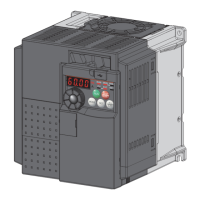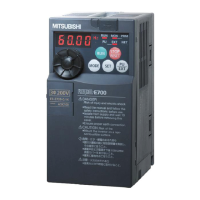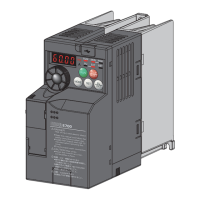What to do if Mitsubishi Electric Inverter trips due to overcurrent during acceleration?
- JJames CurryAug 25, 2025
If the Mitsubishi Electric Inverter trips due to overcurrent during acceleration, increase the acceleration time.

What to do if Mitsubishi Electric Inverter trips due to overcurrent during acceleration?
If the Mitsubishi Electric Inverter trips due to overcurrent during acceleration, increase the acceleration time.
| Model | FR-E720S-1.5K(SC) |
|---|---|
| Series | FR-E700 |
| Type | Inverter |
| Rated Power | 1.5 kW |
| Input Voltage | 200-240V AC |
| IP Rating | IP20 |
| Frequency Range | 0.5-400Hz |
| Weight | 1.5 kg |
| Input Frequency | 50/60Hz |
| Output Frequency | 0-400Hz |
| Protection Class | IP20 |
| Control Method | V/f Control |
| Cooling Method | Fan |
| Output Voltage | 3-phase, 200-240 V AC |
Ensures the inverter model and its components match the order and are intact.
Covers essential checks before operation, wiring guidelines, and handling of potential hazards.
Explains how to provide interlocks using inverter status output signals for accident prevention.
Details methods to adjust motor torque, including manual torque boost and stall prevention.
Covers motor overheat protection, applied motor settings, and offline auto tuning for optimal performance.
Explains DC injection brake, regenerative brake selection, and stop-on-contact control.
Details how to assign functions to input and output terminals for various operations.
Covers automatic restart and power failure deceleration stop functions.
Explains how to configure retry functions, phase loss protection, and earth fault detection.
Covers functions like reset selection, parameter write protection, and password settings.
Details how to select operation modes (PU, External, Network) and control sources.
Describes procedures to reset protective functions and recover from faults.
Provides a comprehensive list of fault and alarm codes with their descriptions and causes.
Details common causes for errors and warnings, along with recommended corrective actions.
Guides users through initial checks for common operational problems.












